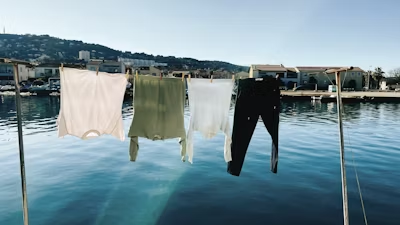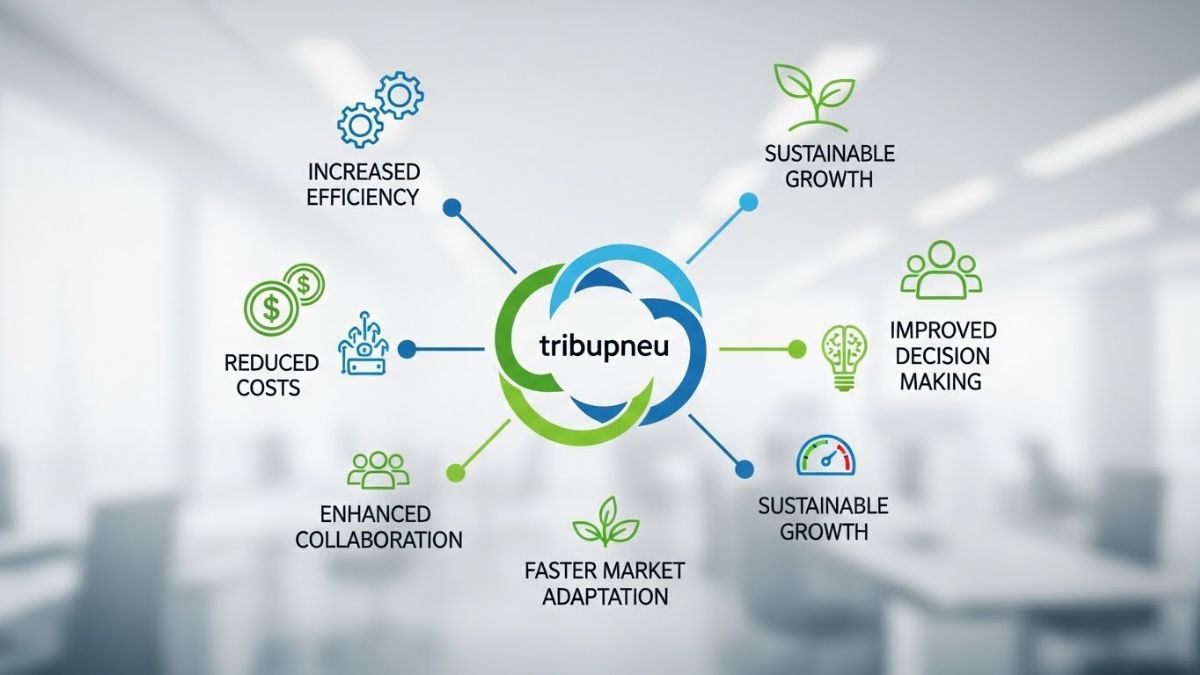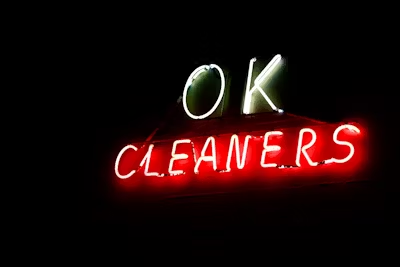Although we have made leaps and bounds, in 2025 sustainability is more than just a term, it is a demand from customers and sustainability is of great interest to brands! You may be asking how the swimwear industry is changing in today’s world? The good news, as many US clothing manufacturers (especially swimwear) are capitalizing on the eco-friendliness and sustainability trend, by eco-friendly materials, waste reduction and clean production. If you are going to launch a swimwear line or work with new suppliers, it’s very exciting to see how sustainability is forging a future. Now let’s look at how swimwear manufacturers are pursuing sustainability and what that looks like for you!
1. Eco-Friendly Fabrics Are Taking Center Stage
The material determines sustainable swimwear first. Historically, swimwear was mostly composed of materials like nylon and polyester, which are produced from fossil fuels and take centuries to decompose. Things are changing rapidly nowadays. Recycled textiles like rPET (recycled polyester) and Econyl®, which is reconstructed nylon derived from industrial waste and discarded fishing nets, are widely used by many manufacturers nowadays. Though far better for the environment, these materials are just as strong, flexible, and elegant. Selecting a manufacturer that produces swimwear from sustainable materials allows you to present your clients with premium, guilt-free products.
2. Local Sourcing and On-Demand Manufacturing
In 2025, cutting manufacturing’s carbon footprint will be as crucial as employing environmentally friendly materials. Many American apparel companies are thus shortening international shipping and obtaining their materials locally. For your business, this means faster manufacturing, less emissions, and improved quality control. Some companies even provide ondemand manufacturing so you only make what you sell. This lets you better manage your inventory and gets rid of overproduction trash. This strategy will enable you to remain flexible and sustainable from the very beginning if you are a startup or a small business.
3. Sustainable Dyeing and Printing Techniques
One of the most polluting parts of making garments is dyeing fabrics. However, swimwear brands are taking action. Many brands are now switching to low-impact dyes that use less chemicals and water. Some are also using sublimation dies, which use less water and provide bright, lasting colors. Some are even using plant pigments that are safe for skin and the environment. By using environmentally responsible methods of dyeing you will ensure minimal environmental impact and have products that look amazing as a swimwear brand.
4. Ethical Labor Practices Are a Top Priority
Beyond the environment, sustainability also entails equitable treatment of employees. More and more swimwear companies are promising ethical labor practices, so guaranteeing fair wages, safe working conditions, and compassionate hours for their staff members. Maintaining great labor standards and gaining certifications like Fair Trade, WRAP, and OEKOTEX® are among several US apparel companies that are leading the charge. Working with such a producer shows your consumers that your company values human rights and ethical behavior rather than simply swimwear.
5. Waste Reduction and Circular Design
From start to finish, producers are reevaluating their manufacturing processes. Some people now reuse extra fabric instead of throwing it away, creating new items or donating it for recycling. Others are developing reversible or modular swimwear that lets customers choose from more styles using fewer pieces. Circular design is also gaining ground; takeback schemes allow consumers to bring back used swimsuits for recycling. Selecting a manufacturer using these methods enables your brand to help minimize textile trash and advance a more circular, environmentally friendly fashion economy.
6. Certifications That Prove Sustainability
While anyone can say they are “green,” reliable certifications support it. Companies producing swimwear in 2025 are aggressively looking for GOTS (Global Organic Textile Standard), Bluesign®, and Global Recycled Standard (GRS) certificates. These certifications guarantee that the materials applied are safe, moral, and really environmentally friendly. For you, this means your items have actual legitimacy. Certified evidence will help you to boldly advertise your sustainable swimwear line, therefore fostering consumer loyalty and trust with environmentally sensitive consumers.
7. Digital Tools and Transparency
Being transparent is becoming simpler than never before because of technology. Some companies are using blockchain technology or placing QR codes on tags so that consumers may trace a product’s whole path—from raw material to finished product. This degree of openness fosters trust with informed consumers of today. You get to clearly display to your customers where their swimwear originates from, who created it, and how it was manufactured. Working with a producer who values openness increases your brand’s reputation and empowers your consumers to buy with confidence.
Final Thoughts
Sustainability will no longer be an option in 2025; it will be expected. Particularly in the United States, swimwear companies all over are actively working to make their operations more ecologically friendly, safer, and more ethical. The swimwear industry is demonstrating that fashion can be both beautiful and conscious via recycled materials, fair labor, waste reduction, or digital transparency.
As a brand owner or designer, you may select the appropriate partners. By partnering with sustainable swimwear companies, you enable the future as well as produce a higher quality item. And this is a decision your clients will really appreciate.











